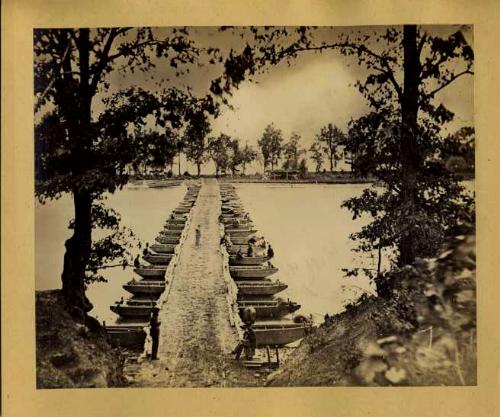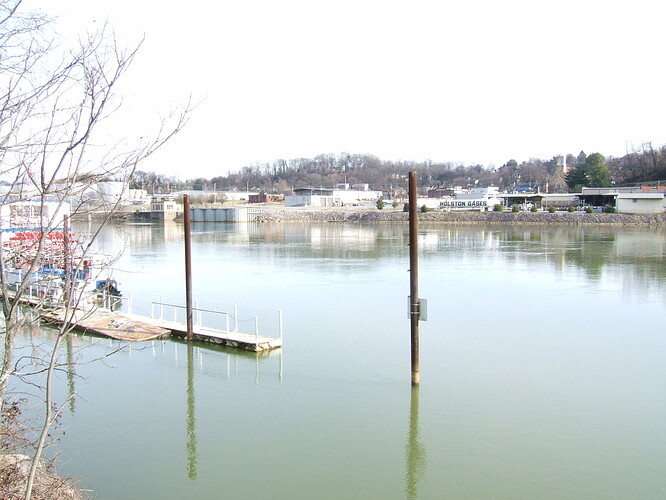I don’t know too much about the Crimean War but the US Civil War is oftenly described as a war of “firsts”, like:
- railroad artillery
- a successful submarine
- landmine fields
- flamethrowers
- naval torpedoes
- field trenches on a grand scale
- military telegraph
- aerial reconnaisance
- repeating rifles
- anti aircraft fire
- revolving gun turrets
- organized medical and nursing corps
- workable machine guns
- hospital ships
etc.
(source: “The Civil War - Strange & fascinating facts” by Burke Davis)




